I'm currently reading the Cambridge Technical Report Number 577, Compromising emanations: eavesdropping risks of computer displays, by Markus G. Kuhn and published in Dec 2003. In the paper, Kuhn uses the R-1250 wide range receiver to conduct his emissions experiments on CRT monitors. My intuition is that receivers suitable for this purpose have continued to evolve in the past decade and a half since the original report was published.
So which receivers are appropriate for use in emissions security in 2019?
